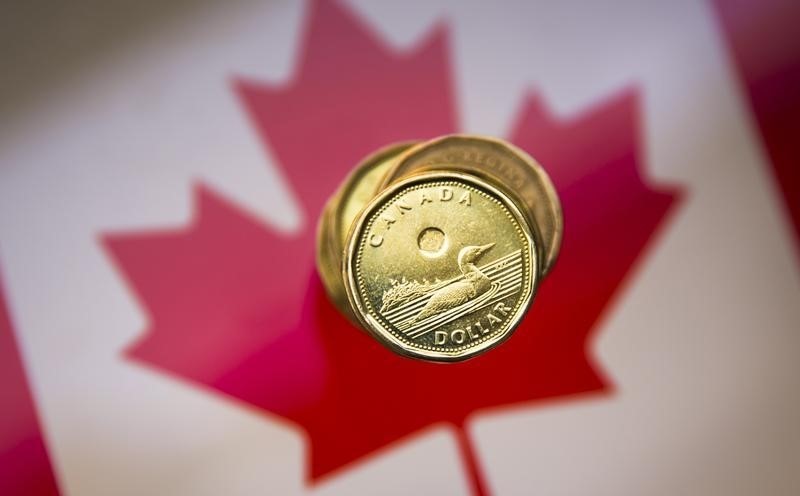By Ketki Saxena
Investing.com – The Canadian dollar weakened slightly against its US counterpart today, as the Bank of Canada announced a pause to its rate-hikes this tightening cycle, and as dour investor sentiment weighed on the risk-sensitive loonie.
Losses on the pair were limited by the US dollar beating a broad-based retreat against a basket of currencies, pressured by declining treasury yields as investors await a policy announcement from the US Federal Reserve. Money markets are pricing in a relatively muted 25 bps move from the Fed next week, and hoping that the US central bank will strike a dovish note as signs of a slowing US economy continue to mount.
Analysts at Wells Fargo (NYSE:WFC) note, “The U.S. dollar has embarked upon a prolonged period of depreciation. Relative growth and monetary policy fundamentals have become less supportive of the greenback. We expect U.S. dollar depreciation to be gradual in early 2023 as the U.S. falls into recession during the second half of this year, but the Federal Reserve hesitates from lowering interest rates prematurely.”
However, hopes that the Fed will slow the pace of its rate hikes no longer serve as a tailwind for the loonie. After the most aggressive rate-hike cycle in its history, the Bank of Canada has finally reached the end of its rate-hike cycle at 4.50%, the highest level since 2007 but well below the expected terminal rate from the Fed,which will almost certainly be at or above 5%.
The loonie was also pressured by rising risk-sentiment in equities, following downbeat earnings and dour outlooks from bellwether tech companies including Microsoft (NASDAQ:MSFT) - the only mega cap to have reported results this earnings season.
The commodity linked Canadian dollar however received some support from crude prices as refinery outages outweighed higher than expected crude builds.
On a technical level for the pair, analysts at FX Street note today’s gains on the USD/CAD pair “fell short of the next topside swing area between 1.3436 and 1.3444. The inability to move above that level, and the subsequent rotation back below the 200 and 100 hour moving averages, has turned buyers into sellers. The bias is now more in favor of the sellers."
“On the downside, the 1.3344 to 1.3358 area is the next downside target. Earlier today, the price tried to move below the level of that area only to bounce back higher. It will below 1.3344, followed by a run below the swing low from January 13 at 1.33204 would be needed to increase the bearish price.”
